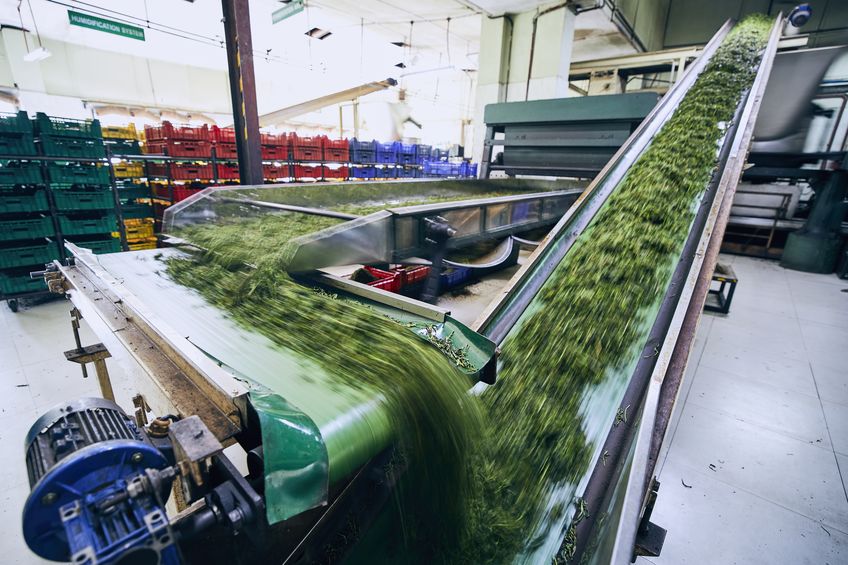Food processing is an essential step in transforming raw ingredients into the delicious meals and snacks we enjoy every day. The industry operates at three levels: primary, secondary, and tertiary processing. These stages are crucial for enhancing the taste, appearance, and shelf life of various food products. Let’s take a closer look at each level and see how they contribute to the foods we love. And when you’re ready to explore the world of food processing equipment, don’t forget to check out our extensive inventory of high-quality, used machinery.
Primary Processing
The first level of food processing is all about preparing raw materials for consumption or further processing. This stage involves basic actions like cleaning, sorting, and grading. It also includes primary processing techniques such as:
- Milling grains into flour (think wheat, corn, or rice).
- De-husking and de-shelling nuts and seeds (like almonds and sunflower seeds).
- Extracting oils from fruits and seeds (e.g., olive oil or sunflower oil).
- Butchering animals for meat and preparing cuts (beef, pork, or poultry).
At this stage, the focus is on transforming the raw materials into forms that can be easily used in the next level of processing.
Secondary Processing
Secondary processing takes primary-processed foods and turns them into something more appealing and palatable. This stage is where the magic happens, as it involves combining ingredients, cooking, and adding flavors to create the products we know and love. Some examples of secondary processing techniques are:
- Baking bread and pastries from flour (sourdough, croissants, or muffins).
- Fermenting foods to create unique flavors (yogurt, sauerkraut, or kimchi).
- Shaping and seasoning meats (chicken or beef patties, or making sausage).
- Mixing and shaping confectionery treats (chocolate bars, gummies, or hard candies).
Secondary processing is essential for creating a wide range of food products with diverse textures, flavors, and appearances.
Tertiary Processing
The final level of food processing is all about convenience. Tertiary processing involves packaging, branding, and labeling food products to make them ready for retail sale. This stage is crucial for preserving the quality and taste of the food while providing consumers with essential information, such as ingredients and nutritional content. Examples of tertiary processed foods include:
- Frozen meals (pizza, lasagna, or stir-fries).
- Canned goods (soup, vegetables, or fruit).
Tertiary processing ensures that the products we purchase are easy to consume, store, and enjoy on the go.
As you can see, food processing is a fascinating journey, from raw ingredients to the final products we consume. Each level plays a critical role in transforming materials into the flavors, textures, and convenience we’ve come to expect from our foods. If you’re looking to expand your processing capabilities or upgrade your equipment, MTL has you covered. Browse our expansive inventory of used food processing equipment to find the perfect solution for your needs. To learn more, fill out our contact form or give us a call at 404-386-6011.


